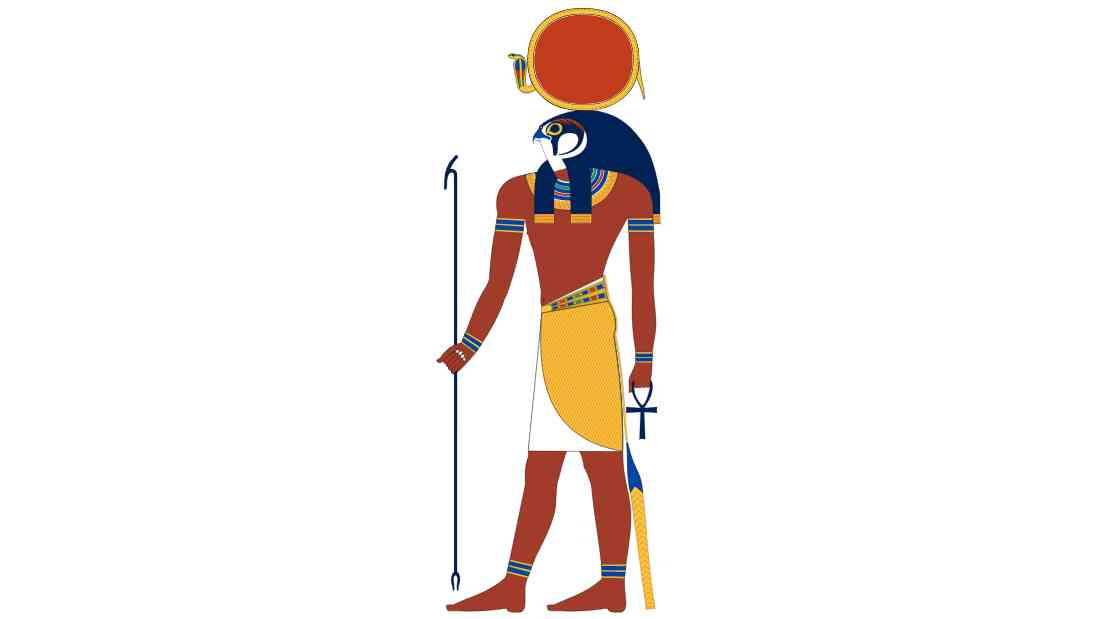In the rich tapestry of ancient Egyptian mythology, few deities hold as much power and importance as Ra, the radiant Sun God.
As the chief god of the Egyptian pantheon, Ra played a central role in their cosmology and religious beliefs.
In this blog post, we will delve into the symbolism and significance of Ra in ancient Egyptian culture.

The Sun as a Source of Life and Power
In ancient Egyptian culture, the sun held immense significance as a source of life and power.
This explains why Ra, the god of the sun, was also the ruler of the Egyptian pantheon of gods, and revered as the creator of all things and the bringer of life.
The sun, represented by the radiant solar disk, was viewed as a vital force that sustained all living beings. Its warmth and light provided energy and sustenance to the earth, making it an essential element for growth and fertility.
Egyptians attributed the gifts of nature and the abundance of crops to the sun’s life-giving rays.
The daily journey of the sun across the sky served as a tangible reflection of Ra’s power and influence over the world.
The rising sun at dawn symbolized rebirth, signaling the beginning of a new day and the renewal of life.
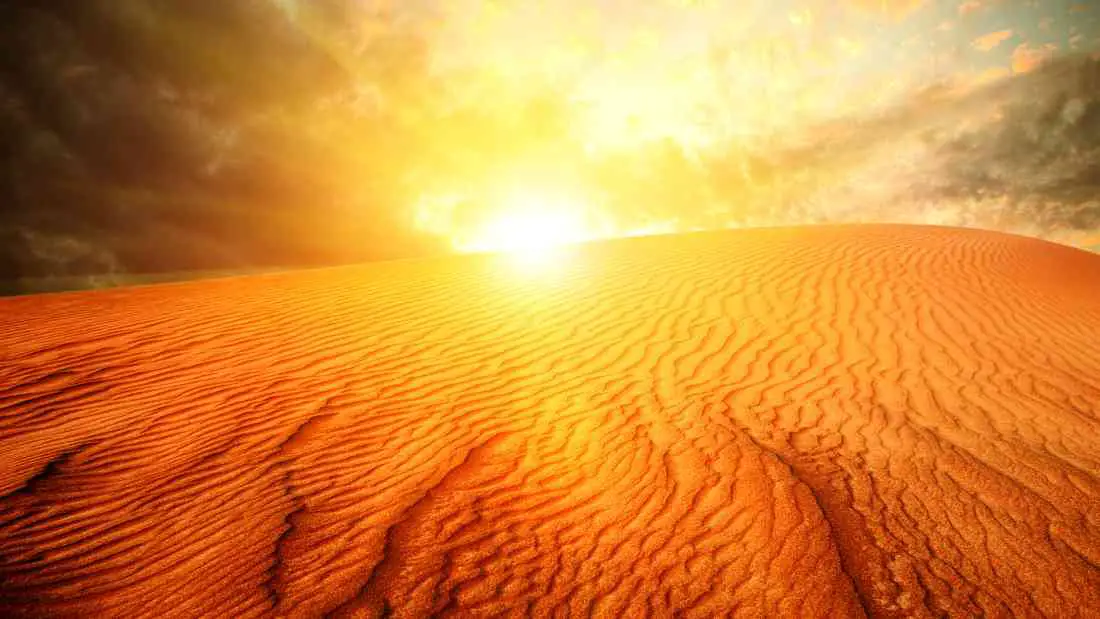
This celestial event marked the awakening of nature, with birds chirping, flowers blooming, and animals stirring.
It was seen as a time of birth and rejuvenation, a moment filled with hope and possibilities.
Conversely, the setting sun held a different symbolism.
As the sun descended below the horizon, it was associated with death and the afterlife.
Egyptians believed that Ra traveled through the perilous underworld during the night, facing various challenges and encounters with dangerous creatures.
His successful navigation through this realm ensured the sun’s rebirth each morning, bringing light and life back into the world.
Therefore, the setting sun represented the cyclical nature of life, the journey from existence to the afterlife, and the promise of resurrection.
The significance of the sun as a source of life and power resonated deeply with ancient Egyptians.
It influenced their spiritual beliefs, cultural practices, and artistic expressions.
The solar motif, symbolizing vitality and fertility, can be seen in the architecture, paintings, and hieroglyphs of ancient Egypt.
It was a constant reminder of the interconnectedness between the physical and metaphysical worlds and the enduring power of Ra.
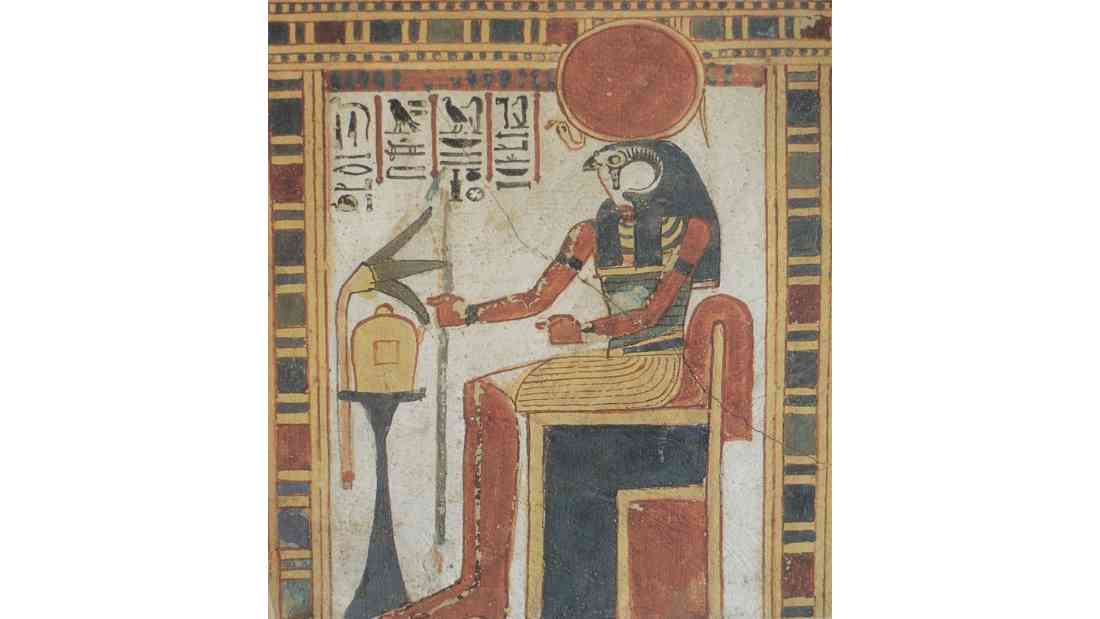
The Egyptian God Ra – a Powerful Protector in the Afterlife
The Sun God’s association with life and power extended beyond the physical realm.
Ra’s divine authority was believed to extend to the spiritual domain, making him a powerful protector and provider.
Egyptians worshiped Ra and performed elaborate rituals and ceremonies to appease and honor him.
These practices aimed to ensure the continuation of Ra’s blessings and protection, fostering harmony and prosperity in society.
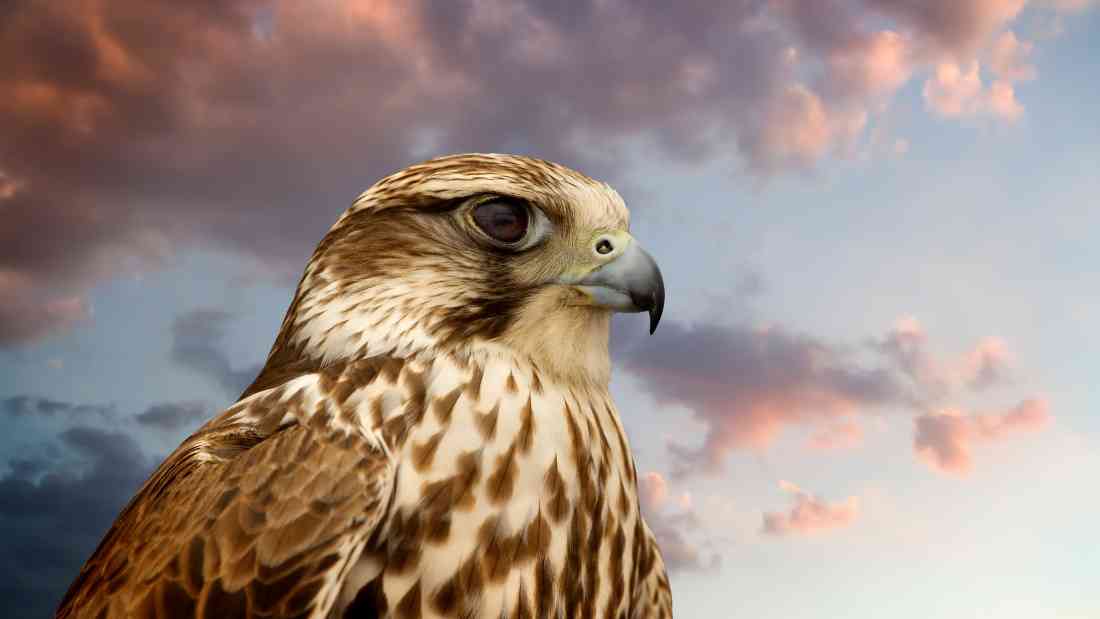
The Egyptian God Ra – The Falcon-Headed Deity
In ancient Egyptian mythology, the representation of Ra as a falcon-headed deity added another layer of symbolism and significance to his already powerful presence.
Depicting Ra with a falcon head was a way to combine human and avian characteristics, highlighting his divine authority and connection to the natural world.
The falcon, revered for its strength, speed, and keen sight, was regarded as a majestic bird that soared high above the earth.
Egyptians associated these qualities with divine attributes, making the falcon a fitting symbol for Ra.
The falcon’s ability to navigate the skies and see far and wide represented Ra’s omnipotence and omniscience.
It was believed that Ra’s falcon head granted him the ability to observe and oversee everything happening on Earth, ensuring order and maintaining balance.
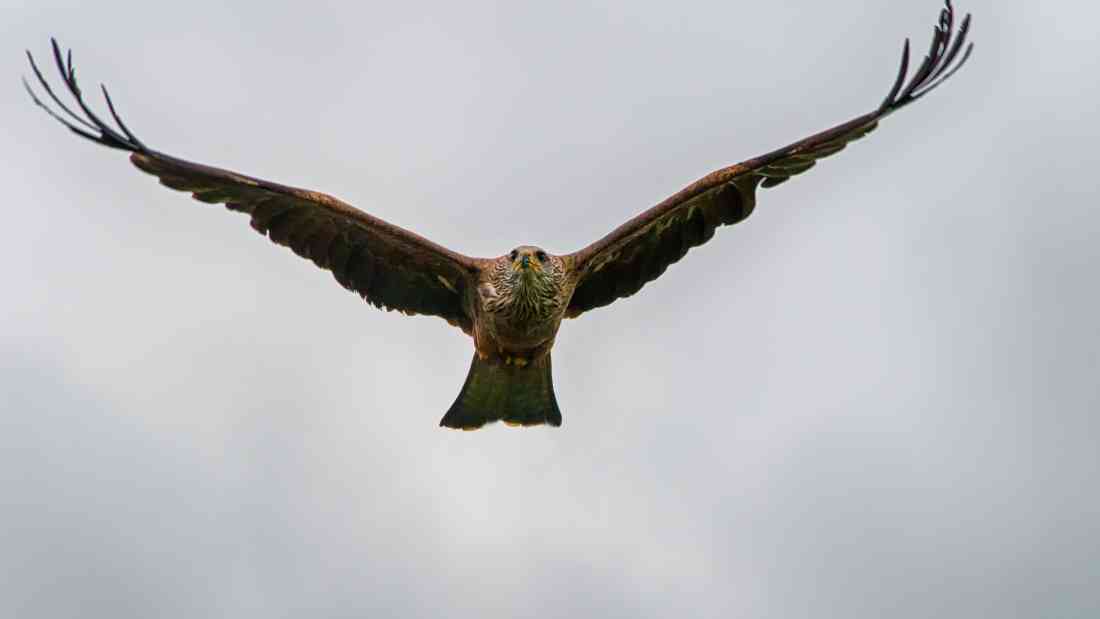
The falcon-headed representation of Ra was not limited to his physical appearance.
It also extended to the concept of transformation and transcendence.
Just as a falcon can soar through the sky, Egyptian mythology attributed the ability of the Sun God to transform into a falcon during his travels across the heavens.
This transformation further emphasized Ra’s ability to move between realms and connect with different aspects of existence.
As a representation of both physical and spiritual strength, Ra’s falcon head served as a reminder of the god’s watchful presence and his role in maintaining cosmic order.
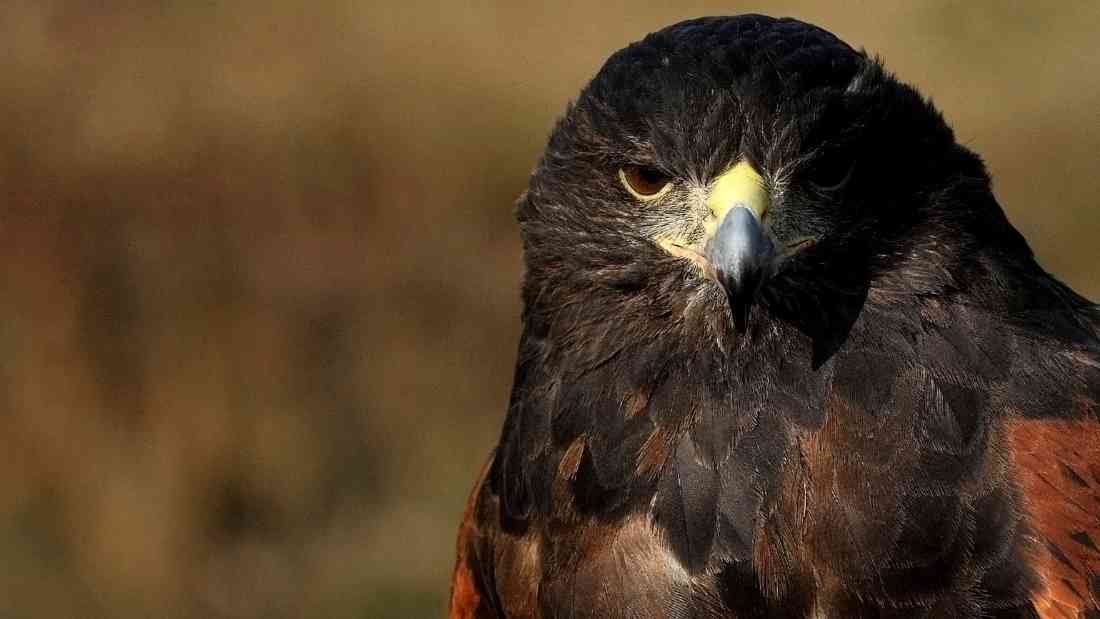
The Egyptian God Ra – The Creator of the Universe
In ancient Egyptian mythology, Ra held a central role as the creator of the universe.
His divine power and authority were unparalleled, making him the king of all gods and goddesses.
Emergence from Primordial Chaos
According to ancient Egyptian beliefs, before the existence of the ordered world as humans knew it, there was a state of primordial chaos referred to as “Nu” or “Nun.”
This chaotic state was formless, devoid of structure or boundaries. It represented the raw and untamed forces that existed before creation.
From this state of primordial chaos, Ra emerged as the first god.
He embodied the creative energy and divine power that would shape the universe.
Ra’s arrival heralded the introduction of order and structure into the universe.
With his divine authority, he brought harmony and balance to the chaotic forces that existed in the primordial realm. His presence established the cosmic laws that governed the interactions between the gods, humans, and the natural world.
The rising sun at dawn symbolized the triumph of order over chaos, marking the beginning of a new day and the renewal of life. Ra’s association with the sun thus also reflected his role as a bringer of order and structure to the world.

Ra’s emergence from primordial chaos not only brought order but also led to the creation of the natural world.
He shaped the earth, sky, and all living beings that inhabited them.
Ra’s creative abilities extended to the establishment of the cosmic order, the cycles of nature, and the intricate balance that sustained life.
In Egyptian society, the concept of order, known as “Ma’at,” was highly valued. It represented harmony, justice, and balance in all aspects of existence.
Ra’s emergence from primordial chaos and his role in establishing order reinforced the importance of maintaining Ma’at in both the natural and social realms.
Egyptians believed that by upholding these principles, they contributed to the continuation of creation and the well-being of the universe.

Birth of All Gods and Goddesses
Ra, as the first god to emerge from primordial chaos, held a unique position as the progenitor of all other deities in the Egyptian pantheon.
It was believed that Ra’s divine essence contained the potential for creation, allowing him to give birth to the gods and goddesses who embody various aspects of life, nature, and the cosmos.
Each god and goddess in the Egyptian pantheon represented different facets of existence.
From deities associated with the natural elements like air, water, and earth, to those embodying aspects of fertility, wisdom, or war, all owed their existence to Ra.
His divine power and creative energy fueled their being, giving them specific roles and responsibilities within the cosmic order.
The belief in Ra as the progenitor of all other gods and goddesses emphasized the interconnectedness and unity of the Egyptian pantheon.
It highlighted the intricate web of relationships and dependencies between these deities, illustrating how they worked together to maintain cosmic harmony.
Ra’s position as their creator and ruler solidified the divine hierarchy, with him holding the ultimate authority and power.
His leadership and guidance were essential for maintaining order and balance within the pantheon. Ra’s wisdom and governance ensured that each god and goddess fulfilled their roles and responsibilities, contributing to the overall functioning of the universe.
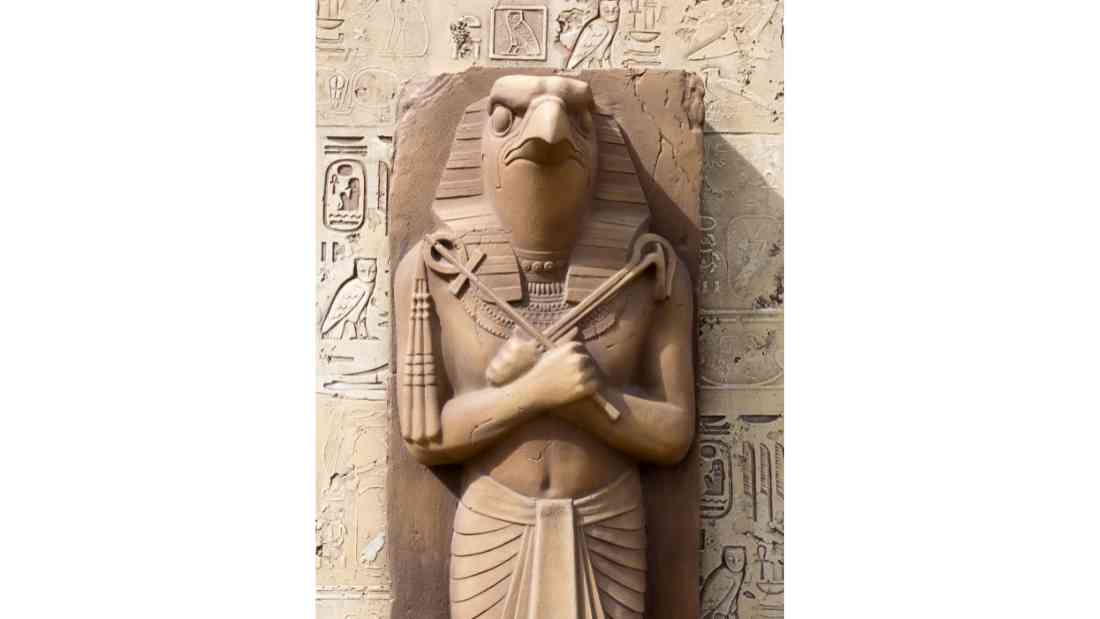
Ra – Syncretism with Other Gods
Throughout ancient Egyptian history, the mythology surrounding Ra underwent various syncretic associations with other gods.
As new cults and religious beliefs emerged, Ra became intertwined with deities like Amun and Atum.
The syncretic associations involving Ra held symbolic and ritualistic significance.
They provided worshippers with different facets through which to connect with and venerate the divine.
By merging Ra with other gods, Egyptians could approach and honor the multifaceted aspects of the sun god, adapting their worship to suit their evolving traditions and beliefs.
Syncretism in Egyptian Religion
Syncretism played a significant role in the religious landscape of ancient Egypt.
It involved merging or associating different deities to create new divine identities or attributes.
This practice allowed for the integration of local beliefs and customs into the broader Egyptian pantheon.
Syncretism helped maintain religious harmony by reconciling seemingly distinct gods within the same system of worship.
Amun-Ra: The Solar Creator
One of the most notable syncretic associations involving Ra was with the god Amun.
Amun, originally a local deity in Thebes, gradually rose to prominence and became one of the most revered gods in Egypt.
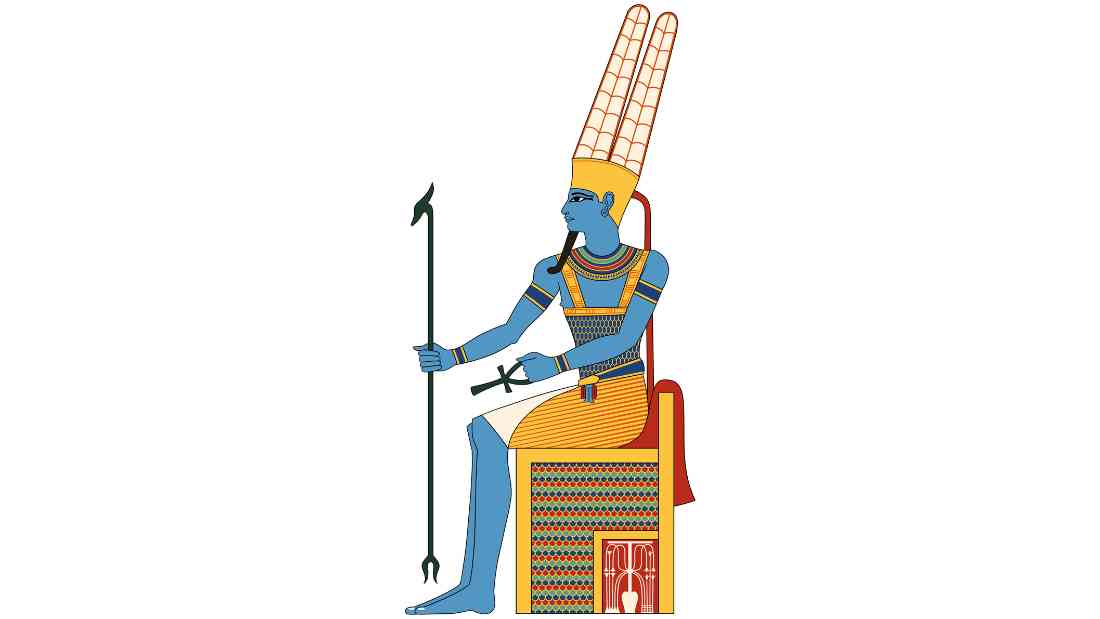
As Amun merged with Ra, the resulting god, Amun-Ra, symbolized the combined solar and creative powers of both deities.
This syncretism emphasized Ra’s role as the creator and established Amun-Ra as the ultimate divine authority.
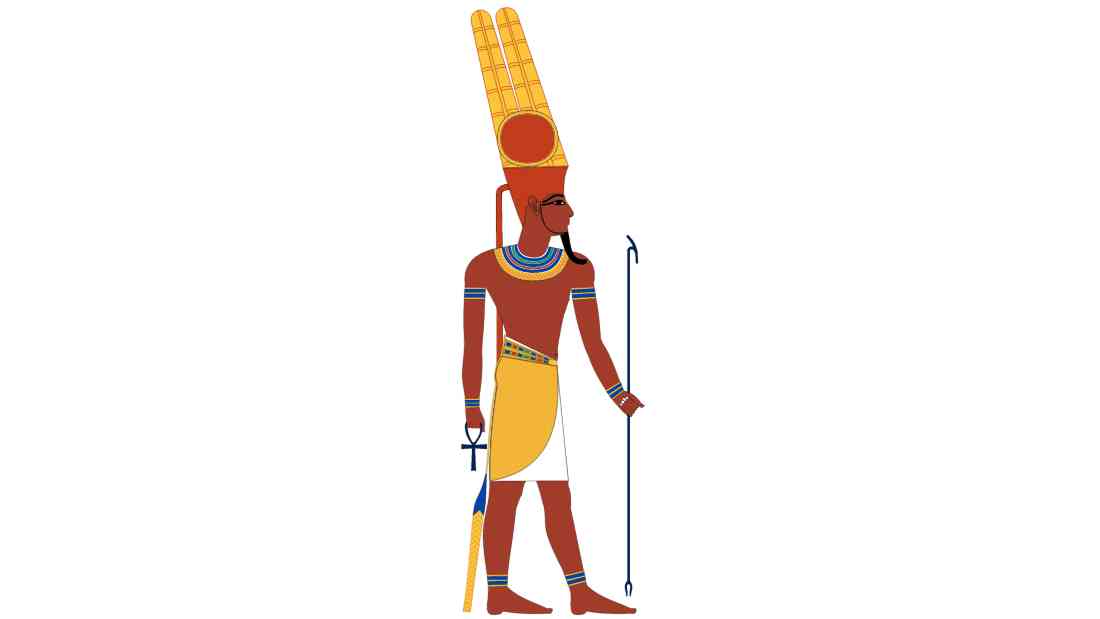
Atum-Ra: The Setting Sun
Another prominent syncretic association featured Ra and Atum, the god associated with the setting sun.
As the sun descended below the horizon, it was believed that Ra transformed into Atum, the deity of the evening sun.
This syncretism highlighted Ra’s cyclical nature, representing him as both the rising sun and the setting sun, symbolizing birth, death, and rebirth in Egyptian cosmology.
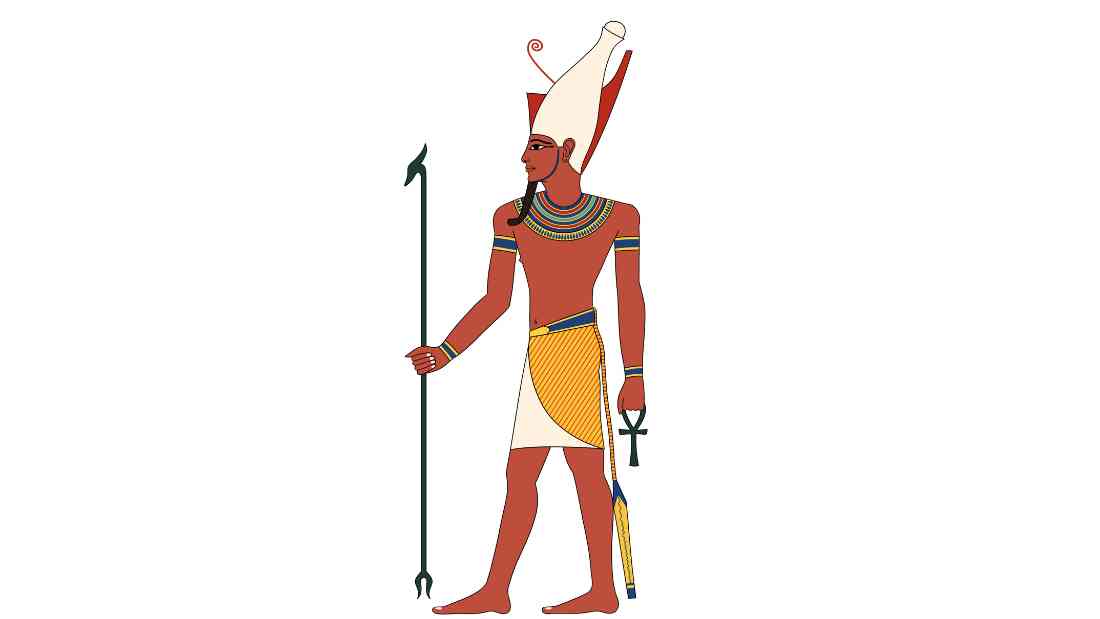
Maintaining Ra’s Status
Despite the syncretic associations, Ra’s status as the creator and king of the gods remained intact.
Even when merged with other deities, Ra’s divine authority and creative powers were preserved.
The syncretic identities reinforced and expanded upon Ra’s existing attributes, emphasizing his role as the ultimate deity governing the universe.
Ra’s Journey Through the Underworld
Each night, the sun god Ra embarked on a harrowing journey through the treacherous underworld, symbolizing the eternal cycle of life, death, and rebirth.
Ra’s nightly journey through the underworld held profound symbolic significance in ancient Egyptian mythology.
It represented the cyclical nature of existence, mirroring the daily rise and fall of the sun.
The voyage through the realm of the dead symbolized the transformative journey of the sun’s travels from the land of the living to the afterlife and back again.
As Ra traveled through the dark depths of the underworld, he encountered various challenges and faced dangerous creatures.
These beings were guardians and obstacles that tested Ra’s strength and determination.
Among them were serpents, demons, and other malevolent entities, all seeking to halt Ra’s progression and extinguish the sun’s light forever.
Ra’s successful navigation through the underworld was crucial for the renewal of life and the defeat of darkness.
Each encounter and challenge represented the obstacles that must be overcome for the sun to rise again.
Ra’s triumph over these forces of darkness ensured the defeat of chaos and the return of light, marking the rebirth of the sun and the renewal of life.
As Ra emerged from the depths of the underworld, his victory over the forces of darkness resulted in the sun’s rebirth each morning.
This heralded the beginning of a new day and the restoration of light and warmth to the world. The return of the sun brought hope, renewal, and the continuation of life’s cyclical journey.

Worship and Rituals: Honoring the Egyptian Sun God Ra
The worship of Ra played a crucial role in everyday life in Ancient Egypt, with temples dedicated to his honor found throughout the country.
Priests performed elaborate rituals and ceremonies to appease and honor the Sun God.
Temples Dedicated to Ra
Temples dedicated to Ra were prominent features of ancient Egyptian cities. These grand structures served as sacred spaces where worshippers could connect with and pay homage to the Sun God.
Temples were often located strategically to align with the sun’s movements, symbolizing the intimate connection between Ra and the natural world.
The following are three of the most significant temples associated with Ra.
Temple of Amun-Ra at Karnak
Located in Thebes (modern-day Luxor), the Temple of Amun-Ra at Karnak was one of the largest and most important religious complexes in ancient Egypt.
This vast temple complex was dedicated to Amun-Ra, the syncretic deity that combined the attributes of Ra and Amun.
It served as the primary cult center for Ra’s worship, attracting pilgrims and worshippers from across Egypt.

Temple of Ra at Heliopolis
Heliopolis, known as “On” in ancient times, was an important religious and cultural center.
The Temple of Ra in Heliopolis was one of the oldest and most revered places of worship in Egypt.
It was believed to be the birthplace of Ra and was dedicated to his worship.
The temple complex included a sacred obelisk, known as Cleopatra’s Needle, which still stands in modern-day London.
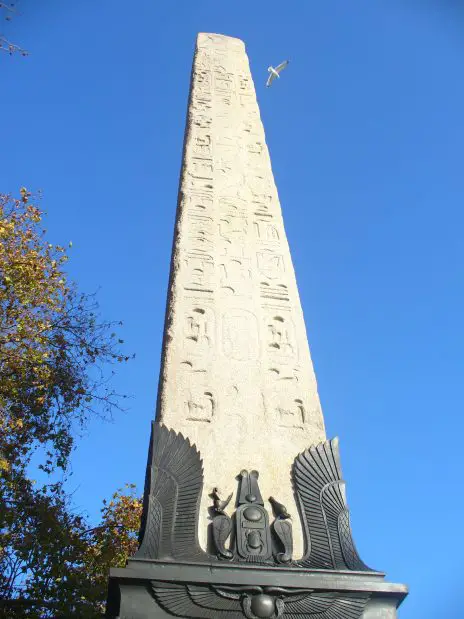
Temple of Amun-Ra at Abu Simbel
Situated near the southern border of Egypt, the Temple of Amun-Ra at Abu Simbel is renowned for its stunning rock-cut statues and its association with Ra.
Constructed during the reign of Pharaoh Ramses II, the temple complex was dedicated to various deities, including Ra.
The magnificent facade features four colossal statues of Ramses II, flanked by smaller statues of family members and other gods.
These three temples were among the most important centers for the worship of Ra in ancient Egypt.
They attracted devotees and played a significant role in religious ceremonies, rituals, and festivals associated with the Sun God.

Priests as Intermediaries: Facilitating the Connection with Ra
In ancient Egypt, highly esteemed priests held a crucial role as intermediaries between the Sun God Ra and the people.
Beyond conducting rituals, these priests were responsible for maintaining the sanctity of the temples and ensuring effective communication with the divine.
Rigorous Training and Education
To become priests, individuals underwent rigorous training and education from a young age.
They entered specialized schools or temples, where they studied various disciplines such as theology, astronomy, mathematics, music, and hieroglyphics.
This comprehensive education prepared them to fulfill their roles as spiritual leaders and facilitators of the divine connection.
Their knowledge empowered them to act as custodians of ancient wisdom, ensuring the proper execution of rituals and maintaining the spiritual connection between Ra and the people
Communing with the Divine
One of the essential responsibilities of priests was to establish and maintain a direct line of communication with Ra and other deities.
Through prayers, rituals, and meditation, priests sought to commune with the divine realm, seeking guidance, blessings, and protection.
Their spiritual connection allowed them to act as conduits between Ra and the people, conveying their petitions and offerings on their behalf.
Conducting Rituals and Ceremonies
Priests also played a pivotal role in conducting rituals and ceremonies associated with Ra’s worship.
These rituals aimed to appease and honor the Sun God, seeking his blessings and protection for the community.
Offerings of food, drink, incense, and precious items were presented to Ra as a gesture of devotion and gratitude.
These complex and elaborate rites required precise execution and strict adherence to established protocols.
Priests led these religious observances, guiding worshippers through the necessary actions, chants, and offerings.
They ensured that the rituals were performed correctly, maintaining the harmony and sanctity of the temple and facilitating the intended spiritual connection.
In addition the priests were entrusted with the responsibility of maintaining the sanctity and order within the temples.
They oversaw daily operations, ensuring that the sacred spaces remained pure and free from impurities. This involved overseeing purification rituals, managing temple affairs, and safeguarding the sacred artifacts and texts.
Daily Rites at Sunrise and Sunset
One of the central aspects of Ra’s worship was the performance of daily rites at sunrise and sunset.
At these pivotal moments, priests would conduct special ceremonies to mark the sun’s rising or setting.
These rituals were believed to ensure the continuation of Ra’s blessings and the cyclical nature of life and rebirth.
Processions and Festivals
Processions and festivals also played a significant role in Ra’s worship.
These vibrant and joyous events involved the participation of both priests and the general populace.
The processions, often accompanied by music, dance, and chanting, moved through the streets, symbolically bringing Ra’s presence to the people and spreading his blessings throughout the land.
Divine Connections of Pharaohs
Pharaohs in ancient Egypt made it a point to establish a divine connection with Ra, the powerful Egyptian Sun God.
This connection served a dual purpose – to legitimize their rule and assert their authority as rulers chosen by the gods.
Pharaohs believed that their divine lineage, traced back to Ra, bestowed upon them a unique aura of kingship, solidifying their role as intermediaries between the gods and the people.
By associating themselves with Ra, pharaohs aimed to strengthen their position as leaders and bring divine legitimacy to their reigns.
This belief in their divine connection empowered them to govern with confidence and authority, knowing that they were divinely ordained to rule.
Ra’s association with the sun, as the giver of life and light, further enhanced the pharaoh’s status and symbolized their role as the guiding force for the Egyptian people.
In religious ceremonies, the pharaoh played the role of the son to all the gods and goddesses, representing the unity and harmony between divinity and humanity.
The royal coronation was a pivotal moment where the pharaoh transformed into a manifestation of the god Horus, solidifying their divine nature and emphasizing their role as the earthly embodiment of the gods.
The divine status of the pharaohs was not only recognized within Egyptian culture but also mentioned in Greek sources.
These sources referred to the pharaohs as divine beings, highlighting their elevated status and recognizing their connection to the gods. This divine association elevated the pharaohs above ordinary mortals and reinforced their authority as rulers chosen by higher powers.
The concept of the pharaoh as a divine intermediary had a profound impact on ancient Egyptian society.
It provided a framework for the religious and political structure, establishing the pharaoh as the central figure who maintained Ma’at, the order and harmony of the universe.
The pharaoh’s divine connection to Ra and the gods imbued their rule with a sacred purpose, guiding their decisions and actions for the betterment of the kingdom.
Conclusion
Ra’s role as the creator and ruler of the universe made him one of the most significant deities in ancient Egyptian mythology. Emerging from primordial chaos, he brought order and structure to the world, giving birth to all other gods and goddesses.
As the divine sovereign, Ra governed both the natural and divine realms, ensuring cosmic harmony and balance.
Ra’s nightly journey through the perilous underworld represented the eternal cycle of life, death, and rebirth in ancient Egyptian mythology. As the Egyptian god faced challenges and encounters with dangerous creatures, Ra symbolically overcame darkness, ensuring the sun’s rebirth each morning.
His victorious emergence from the underworld marked the triumph of light over darkness, bringing hope and renewal to the world.

Frequently Asked Questions About the Egyptian God Ra
Who was Ra in ancient Egyptian mythology?
Ra was the ancient Egyptian Sun God and one of the most important deities in their pantheon. He was believed to be the creator and sustainer of life.
Ra was often portrayed as a falcon-headed man wearing a sun disk on his head, representing the sun. Sometimes, he was depicted with the head of a ram or as a scarab beetle rolling the sun across the sky.
In Egyptian mythology, the Sun god Ra faced various challenges, including battles against the serpent god Apep (also known as Apophis). Apep represented chaos and sought to devour Ra during his nightly journey through the underworld.
Posts About the Egyptian Pantheon of Gods
The Pantheon of Ancient Egyptian Gods – A Comprehensive Guide
The Wrath of Montu – The Mythology of the Egyptian War God
Egyptian God Ammit – The Eater of Hearts in Ancient Egyptian Mythology
The Nightly Journey of Khonsu – The Ancient Egyptian God of the Moon
Ihy – The Joyful Ancient Egyptian God of Music
Min – The Ancient Egyptian God of Fertility
The Egyptian God Anubis – His Evolution from Son of Ra to Protector of the Dead
Unraveling the Mysteries of Babi – The Ancient Egyptian Baboon God
Ra, the Egyptian Sun God – Symbolism and Significance in Ancient Egyptian Culture
Sobek: The Ferocious Crocodile God of Ancient Egypt
The Enigmatic Mythology of Horus, the Egyptian Sky God
The Egyptian God Set – Protector of the Desert and Lord of Conflict
The Ancient Egyptian God Medjed: The Guardian of Osiris and the Afterlife
Anput, the Wife and Female Version of Anubis
Selket – The Scorpion Crowned Egyptian Goddess
Shu – The Egyptian God of Air, Wind, Peace and Lions
Hapi the Androgynous Ancient Egyptian God of the Nile
The Egyptian Sky Goddess Nut: Myth and Symbolism
The 42 Laws of Maat: The Moral Principles of the Ancient Egyptians
The Ancient Egyptian Goddess Mut: The Maternal Power in Egyptian Mythology
The Warrior Goddess: Neith in Ancient Egyptian Mythology
The God Bes: The Joyful Dwarf Deity in Ancient Egyptian Culture
The Egyptian Gods of Love: Hathor and Isis in Ancient Egyptian Mythology
Confronting the Serpent: The God Apep, the Nemesis of Ra in Egyptian Myth

